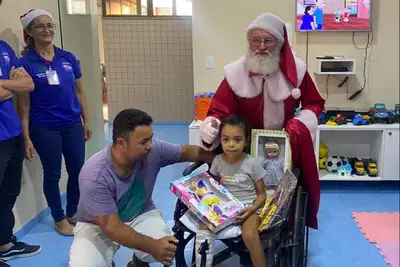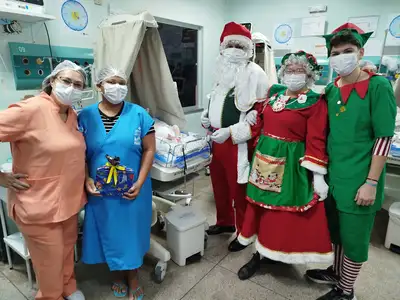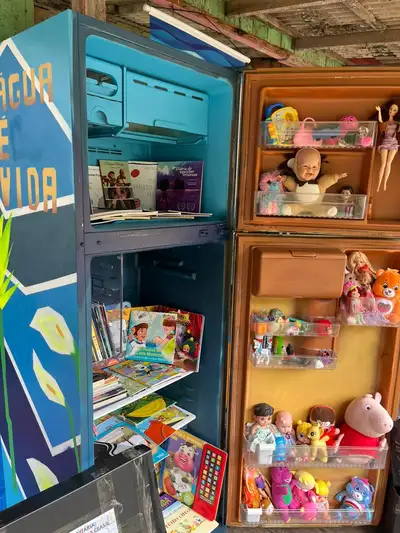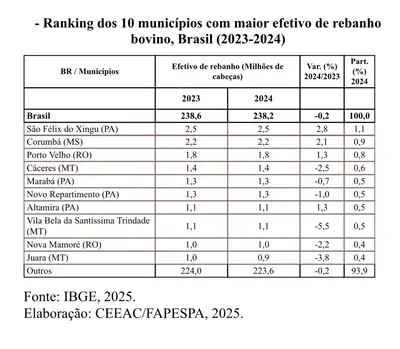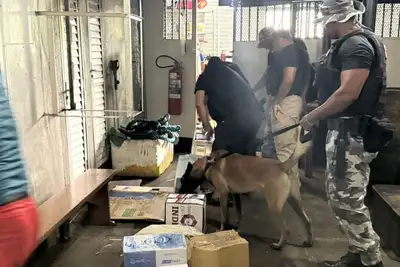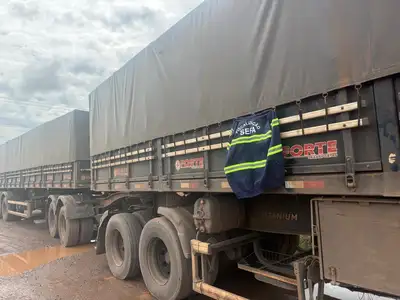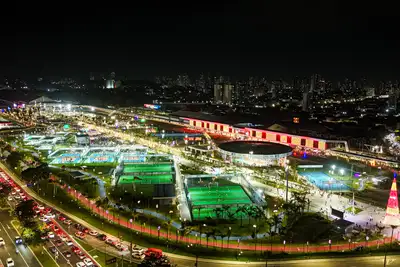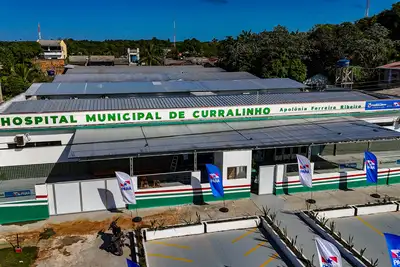Exhibition 'Sowing Life' Extended Until the End of August at the Planetarium of Pará
The exhibition presents animals as allies in the reconstruction of ecosystems and as inspiration for good sustainable practices
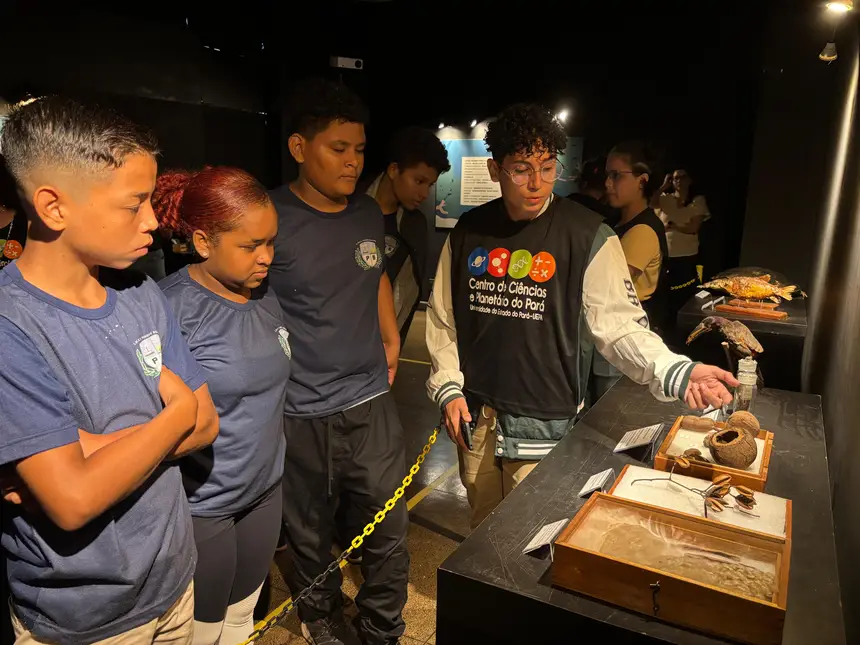
Awakening a sensitive and scientific view of seed-dispersing animals - such as agoutis, tapirs, birds, and fish - fundamental agents in the regeneration of forests and the maintenance of Amazonian biodiversity. This is the proposal of the exhibition "Sowing Life: How Seed Dispersal Occurs in the Amazon," a joint initiative of the Museu Paraense Emílio Goeldi (MPEG) and the Centro de Ciências e Planetário do Pará (CCPPA) "Sebastião Sodré da Gama." Initially scheduled to end last June, the exhibition has been extended and can be visited at CCPPA until August 30.
Visits are available for school groups, by appointment, and also during the programming open to the general public. To visit the exhibition, no prior appointment is necessary; visits occur on Wednesdays from 2:30 PM to 5:30 PM (free entry) and on Saturdays from 8:30 AM to 11:30 AM (admission R$10.00 and half-price R$5.00). Children up to six years old do not pay, as well as people entitled to free admission as provided by law. Teachers and students pay half-price, upon proof.
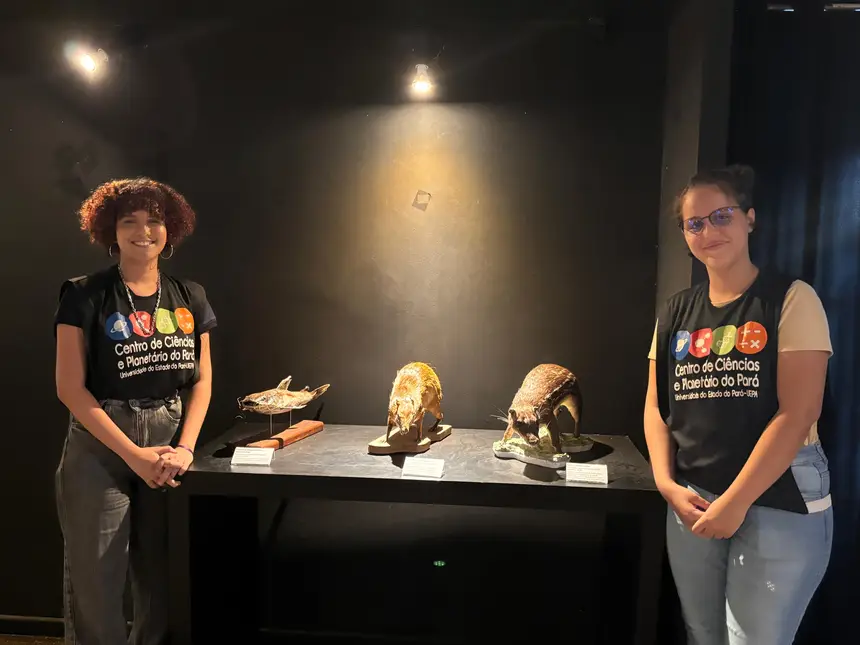
The exhibition reinforces the commitment of the Centro de Ciências e Planetário do Pará to environmental education and scientific dissemination. For the director of CCPPA, José Roberto Alves da Silva, the exhibition is an opportunity to awaken public interest in the role of seed-dispersing animals, as well as to strengthen the exchange between MPEG and CCPPA.
"The extension of the exhibition at the Centro de Ciências e Planetário do Pará, in partnership with the Museu Paraense Emílio Goeldi, will provide our visiting public with the opportunity to expand their knowledge about seed dispersal by the 'gardener' animals that contribute to the maintenance of forests. The partnership with MPEG is very important for the dissemination of scientific knowledge and strengthening between institutions. This has been an attractive exhibition for the public, as well as another space for raising awareness of the importance of forest preservation, in this time of preparation for COP 30," highlights the director.
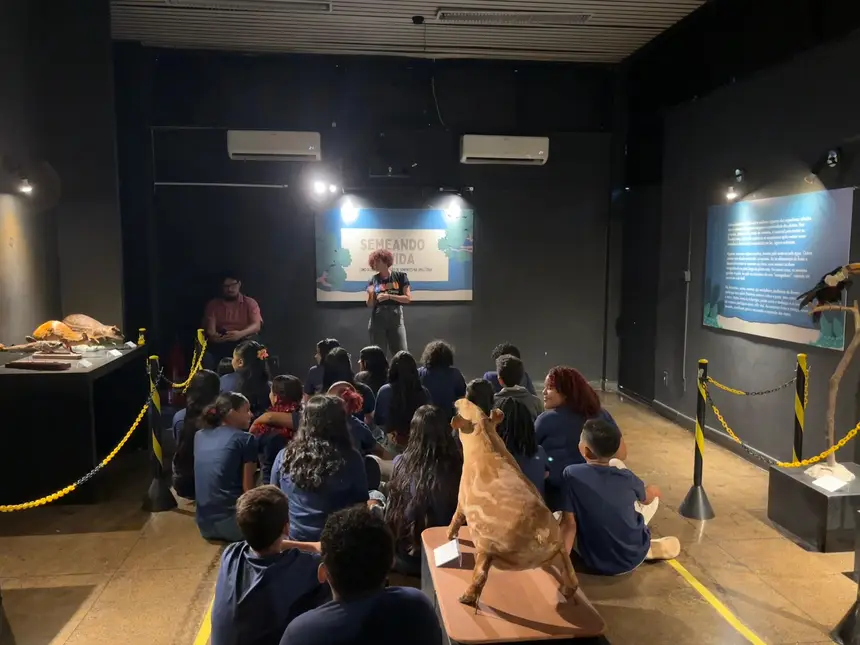
According to the coordinator of Museology at the Museu Paraense Emílio Goeldi, Emanoel Fernandes Junior, in the exhibition, animals are presented as "invisible allies in the reconstruction of ecosystems and as inspiration for sustainable practices." The coordinator emphasizes that the exhibition invites the public, especially young people, to "understand the cycles of nature and the importance of interdependence between species, knowledge, and territories, encouraging the protagonism of new generations in building more conscious and resilient futures."
Enchanting
Biology interns Giselly Leitão and Rapahela Conde are monitors at the Centro de Ciências e Planetário do Pará and usually present the exhibition "Sowing Life: How Seed Dispersal Occurs in the Amazon." The animals on display are the main attraction for the public, according to Raphaela. "What attracts visitors the most are the animals, especially the tapir, and they often ask if it is an adult or a baby. The macaw, toucan, and agouti also catch attention. I explain how seed dispersal occurs - whether through animals, wind, or water - using examples like buriti, cotton, and samaúma seeds. I also like to explain about dispersal done by humans, such as through Brazil nuts and other seeds," she details.
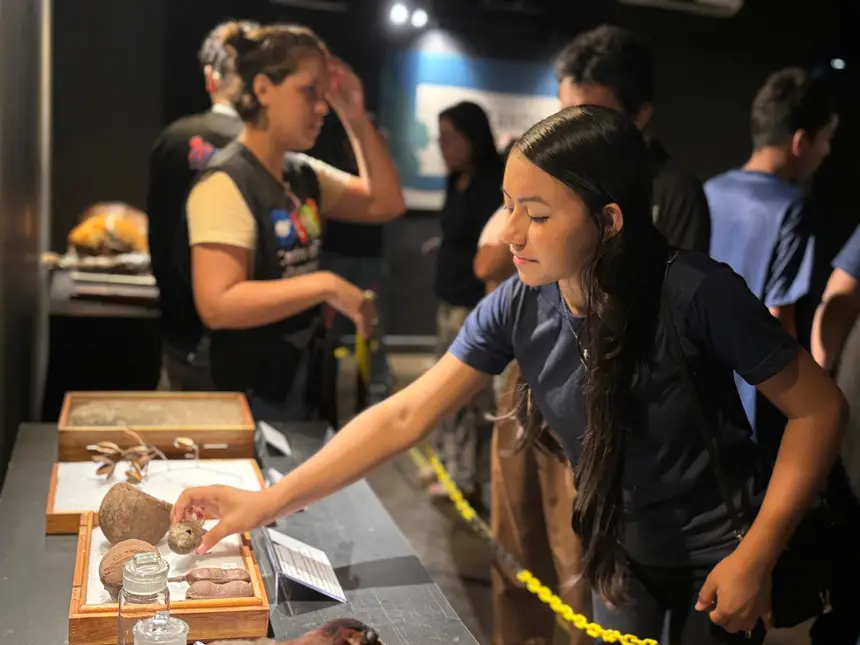
Giselly Leitão adds that the monitors address the importance of seeds for increasing plant biodiversity. "It is possible to have contact with hedgehogs and seeds from plants like samaúma, babaçu, and andiroba." She emphasizes that the public shows interest in the role of birds in seed dispersal. "Visitors often ask about the structure of birds' beaks, as well as the functioning of the digestive tract. For example, the beaks of macaws and toucans are different, which demonstrates different aspects of feeding," she explains.
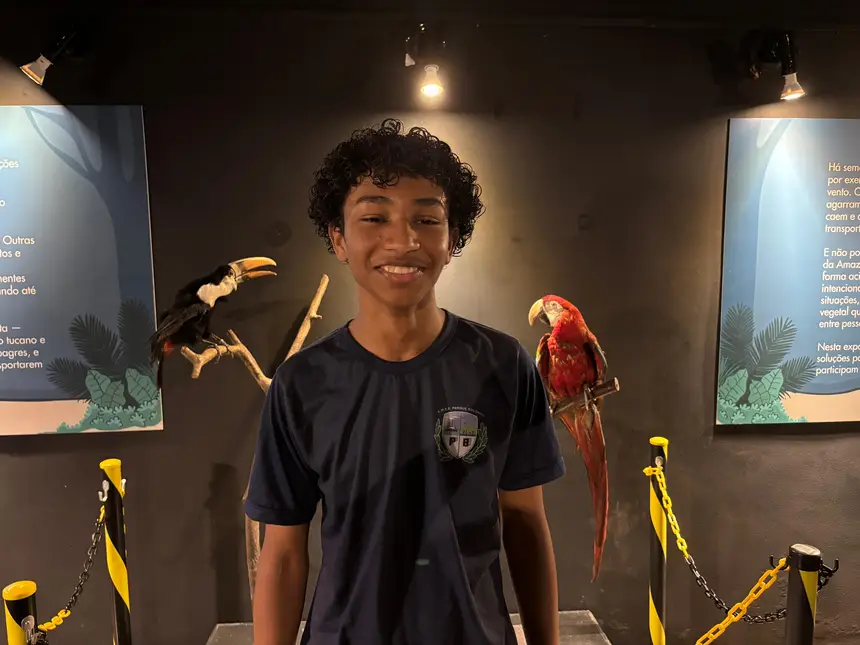
14-year-old student Eros Gabriel Vilhena was enchanted by the birds presented in the exhibition. He visited the exhibition on the morning of last Friday, the 25th, with his 9th-grade class from the Escola Municipal de Ensino Fundamental Parque Bolonha in Belém. "I liked the animals, especially the birds. I thought it was cool to see them up close," he commented.
Eros mentioned that biology is his favorite subject. 13-year-old student Ana Clara Freitas also visited the exhibition during the school visit: "I found it interesting, especially because they are real animals. It was the first time I saw these species. I didn't know they dispersed seeds, and I thought that was wonderful."
The visit to the exhibition sparked enthusiasm and learning, as highlighted by Portuguese teacher Suely Lobato, who accompanied the students. "The exhibition is very interesting. The students were very excited about the animals, and it is also important to disseminate how seed dispersal occurs, a knowledge that many said they did not have. I liked it a lot," she stated.
This knowledge is, according to the biology technician at CCPPA, Fernanda Barros, "one of the most fascinating processes in nature." She explains that, over thousands of years, plants have developed various evolutionary adaptations to spread life on the planet. "This natural dynamic keeps forests alive and diverse, contributes to reforestation, protects biodiversity, and also helps combat climate change. Each new tree plays a fundamental role in absorbing carbon dioxide and regulating the climate."
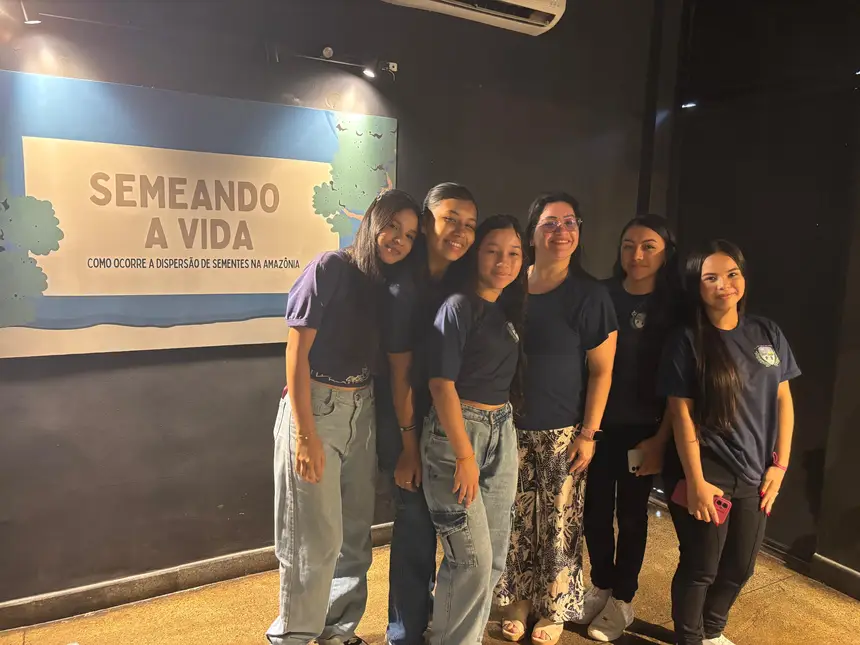
Service
Exhibition "Sowing Life: How Seed Dispersal Occurs in the Amazon."
Until August 30, at the Centro de Ciências e Planetário do Pará, located at Rodovia Augusto Montenegro, s/nº, km 3 - Mangueirão, Belém.
Open to the public on Wednesdays from 2:30 PM to 5:30 PM (free entry) and on Saturdays from 8:30 AM to 11:30 AM (admission R$10.00 and half-price R$5.00).


